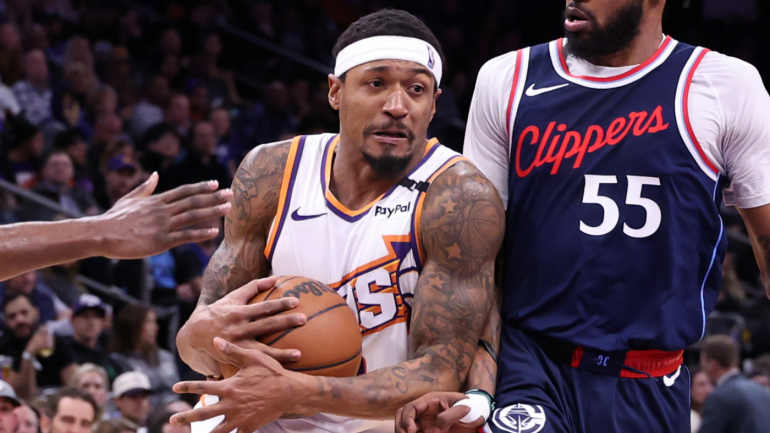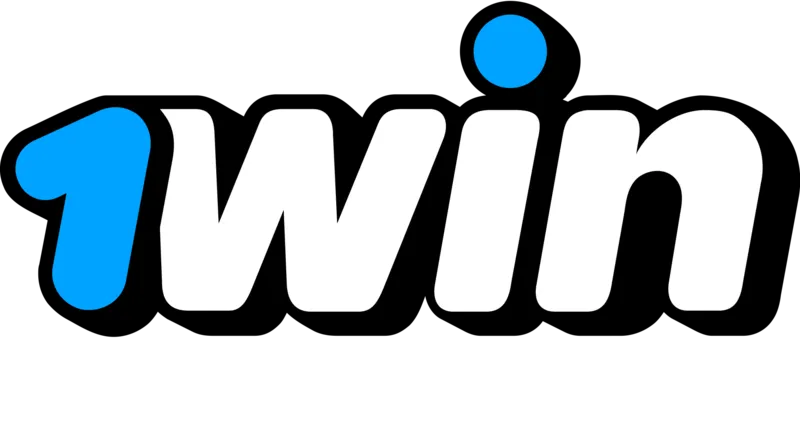
The Mutual Need Between Bradley Beal and the Clippers Following His Exit from the Suns
The addition of Bradley Beal to the Clippers could greatly benefit both the player and the team after his departure from the Suns.
As widely expected, the Los Angeles Clippers devised a strategy. They didn’t simply offload Norman Powell to dodge overpaying him in his subsequent deal; instead, they practically swapped him for John Collins and Bradley Beal. Reports suggest that Beal will join the team on a two-year contract worth $11 million, with a player option in the second year, following his clearance from waivers.
Despite the Phoenix Suns making the questionable choice to waive Beal while paying him $19.2 million annually for the next five years, this move makes complete sense. It’s a favorable match of the right place, right time, right player, and right price.
Right place, right time
In Phoenix, Beal’s substantial contract, which included a no-trade clause, became a source of frustration. In Los Angeles, he is a bargain, set to earn $5.3 million this season. He joins a robust, veteran team not as part of a Big 3 but as another essential component of an intriguing puzzle.
Beal’s defensive issues were magnified in Phoenix’s top-heavy lineup; this won’t be a concern with the Clippers, who boasted the league’s third-best defense last season and have added Brook Lopez this summer. While Beal may not make the All-Defense team next year, he is likely to appear more tenacious on a team that is neither in a collective slump nor devoid of strong defensive support from players like Ivica Zubac and/or Lopez.
From an offensive perspective, Beal should find himself in a prime situation. His partnership with James Harden and Kawhi Leonard mirrors his previous experiences alongside Devin Booker and Kevin Durant, but here, there’s clarity regarding who runs the offense. Harden’s leadership and Leonard’s ability to attract defenders will give Beal numerous chances against unsorted defenses. Moreover, when Beal takes charge of the game, the Clippers’ screeners and floor spacers will significantly simplify his role.
Beal has yet to play on a squad that progressed past the second round of the playoffs and has not reached that stage since 2017. At his introductory press conference in Phoenix two years ago, he voiced excitement about “playing with two Hall of Famers” and “chasing this ring.” While that tenure didn’t pan out as he’d hoped, he’s receiving what amounts to a second chance now, with the Clippers sharing ambitions similar to those of the Suns while sporting a more well-rounded roster.
Right player, right price
Los Angeles’ salary structure reflects a decisive intent: Lawrence Frank’s front office seeks to retain flexibility for the medium- and long-term future. Only Zubac has guaranteed money extending beyond the 2026-27 season, and besides Leonard’s massive $50.3 million salary for that year, there isn’t much tied up beyond this upcoming season either. (Harden, Lopez, and Nicolas Batum inked two-year contracts this summer; in Year 2, Harden’s deal is partially guaranteed, while Lopez’s and Batum’s are fully non-guaranteed.) Thus, a hefty contract extension for 32-year-old Powell clashed with their intended strategy.
Yet, in the immediate term, the Clippers aim to win. If the Powell-for-Collins trade seemed perplexing, it’s because Powell and Harden (who posted a 28.6% usage rate in 2024-25, his highest since his days with the Houston Rockets) did everything possible to sustain the offense when Leonard spent so much time on the sidelines last season. Powell’s exit left a glaring gap in shot creation.
It was clear, even to those outside the loop, that Los Angeles made that deal while keeping an eye on Beal. By securing the former All-Star on a low-cost deal, the Clippers have filled the scoring void and created a roster that, on paper, can compete against the top teams in the Western Conference. It’s an aging squad with health uncertainties, but it also features playmaking, shooting, perimeter defense, rim protection, and enough versatility to be genuinely formidable.
Unlike Powell, Beal is not coming off a career year. His 21.9% usage rate marked the lowest since his rookie season, and the Suns were outscored by eight points for every 100 possessions he was on the court. Beal faced a 35-game absence, saw a decline in at-rim shot frequency, and stepped back from the starting five for around six weeks. Regardless, he still managed to score effectively (59.8 TS%) and converted 40.6% of his catch-and-shoot three-pointers. He possesses the ability to create space across the floor and will quickly develop a pick-and-roll rapport with Zubac and Collins.
Thanks to its defense and depth, Los Angeles secured 50 regular-season wins last year, despite Leonard missing a significant portion of the season, as well as the departure of his past co-star, Paul George, the previous summer. Now, the Clippers are wagering that this blend of new players can thrive in a supportive environment. Collins had become somewhat overlooked with the Utah Jazz, and Beal found himself in a tough spot with the Suns, but the former offers them a new archetype while the latter addresses a recent gap. There’s a strong history of players revitalizing their careers upon joining the Clippers, including Batum, Kris Dunn, and Bogdan Bogdanovic; thus, it’s plausible that Beal could be the next.


